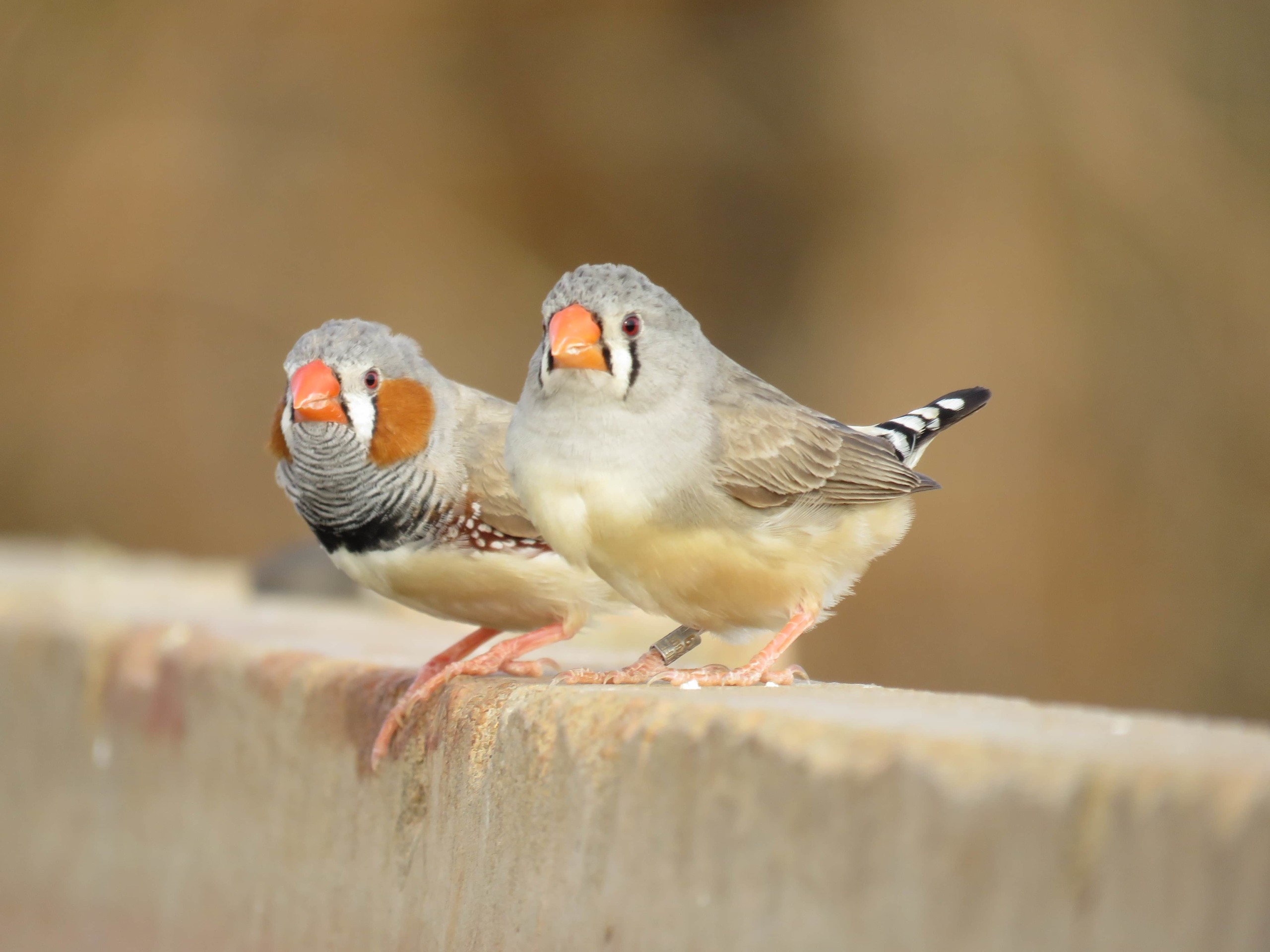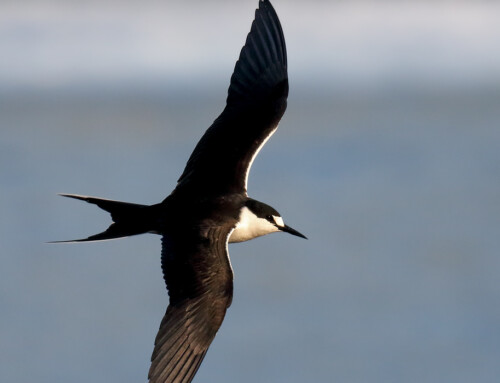LINKED PAPER
Baked eggs: catastrophic heatwave-induced reproductive failure in the desert-adapted Zebra Finch (Taeniopygia guttata). McCowan L.S.C. & Griffith S.C. 2021 IBIS. doi: 10.1111/ibi.12958 VIEW
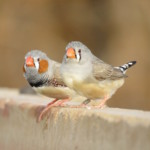 One of the features of the changing global climate is an increase in the intensity, duration, and the frequency of heat waves. Even for species that are adapted to hot climates, the increased severity of heat waves is likely to prove too much. Two recent papers have documented evidence of complete reproductive failure during heat waves, in independent ongoing population studies of two species in south-eastern Australia.
One of the features of the changing global climate is an increase in the intensity, duration, and the frequency of heat waves. Even for species that are adapted to hot climates, the increased severity of heat waves is likely to prove too much. Two recent papers have documented evidence of complete reproductive failure during heat waves, in independent ongoing population studies of two species in south-eastern Australia.
For the past fifteen years I’ve been studying the population of Zebra Finches Taeniopygia guttata at the Fowlers Gap Arid Zone Research Station, just to the north of Broken Hill, Australia. This species, widely studied in laboratories around the world lives in a fairly extreme habitat with low annual rainfall and high summer temperatures. A recent focus of our research has been the ability of the species to survive in air temperatures that on average, at Fowlers Gap, exceed 40°C on about 20 days each year. In such temperatures adults typically retreat into shade, dramatically increase their water intake, reduce their metabolic rate, and also tolerate an elevated body temperature for short periods (Cooper et al 2019; 2020).
 Figure 1 Sandstorm at a temperature of over 40°C (Image: Simon Griffith).
Figure 1 Sandstorm at a temperature of over 40°C (Image: Simon Griffith).
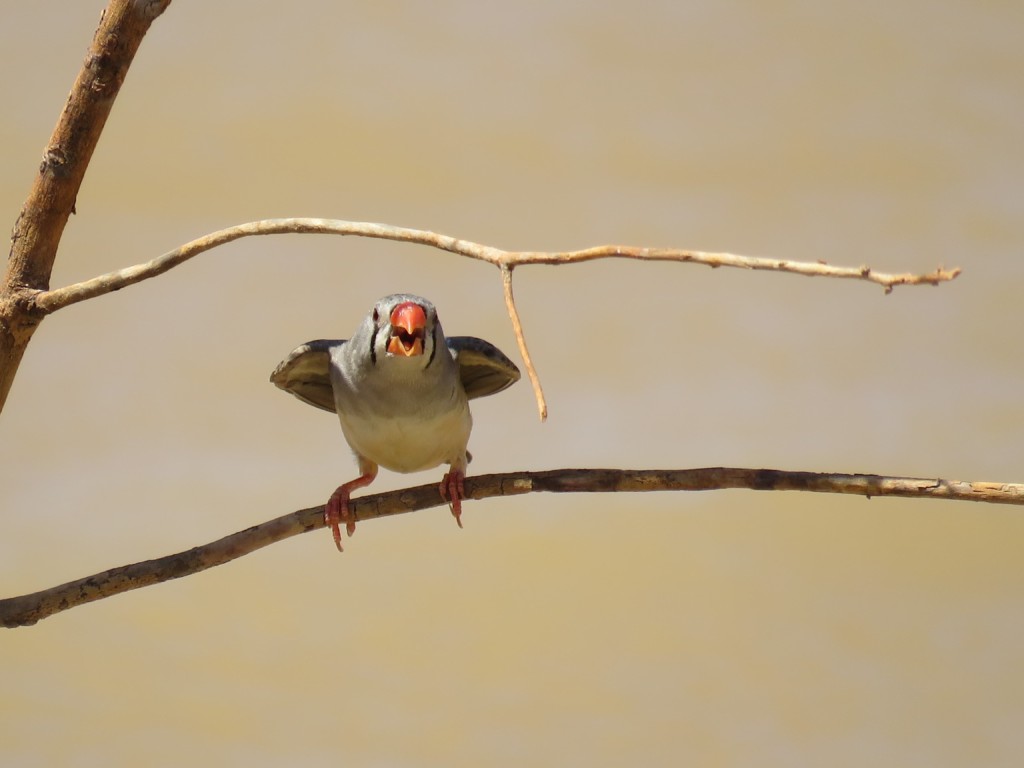 Figure 2 A panting and wing fanning female Zebra Finch at 45°C, in shade, at a dam (Image: Simon Griffith).
Figure 2 A panting and wing fanning female Zebra Finch at 45°C, in shade, at a dam (Image: Simon Griffith).
The field site is subject to extreme temperatures each summer, but heat waves are becoming increasingly hot and severe. During an eight day heat wave in February 2017 air temperatures exceeded 40°C for eight consecutive days, the last four of which exceeded 44°C. Whilst adult birds can adjust their behaviour and physiology, to deal with such conditions, eggs don’t have the same opportunity. In a recent study led by Luke McCowan (McCowan & Griffith 2021), and based on research during this 2017 heat wave, we found that nest temperatures exceeded 50°C on numerous days, and egg surface temperatures of the 25 clutches that were being incubated during this period were recorded as high as 54°C. Throughout this event we were recording embryonic heart rates as part of other work on the effect of ambient heat on development, and sadly, as the heat wave progressed, embryos succumbed, with heartbeats no longer detected as the embryos perished. In total, 98 out of 100 embryos died, even though, remarkably, many of the pairs continued to incubate their eggs right through this extreme climatic event. Even though the Zebra Finch is one of the most resilient species generally, and is adapted to the harsh Australian arid zone, this heat wave was the first such catastrophic embryo mortality event that we have witnessed in 15 years of study. We believe that this heatwave was just too extreme, and a harbinger of more problems ahead for breeding birds.
Indeed, an independent study of another widely distributed Australian species, the Jacky Winter, Microeca fascinans, by Lynda Sharpe and her colleagues (Sharpe et al 2021), reported two separate mass embryo mortality events in December 2018, and 2019, with all seven and ten clutches that were being incubated at the respective times, failing. Both of these events were driven by air temperatures reaching 46°C. Whilst those temperatures proved fatal for all embryos, at slightly lower temperatures some embryos did survive and hatch. Remarkably, the authors found that males – which never incubate the eggs under normal circumstances in the Jacky Winter – did contribute to egg shading behaviour (as seen in Figure 4), shielding the eggs from solar radiation. This behavioural plasticity provides some hope that species can adjust in potentially novel ways to cope with a more extreme climate.
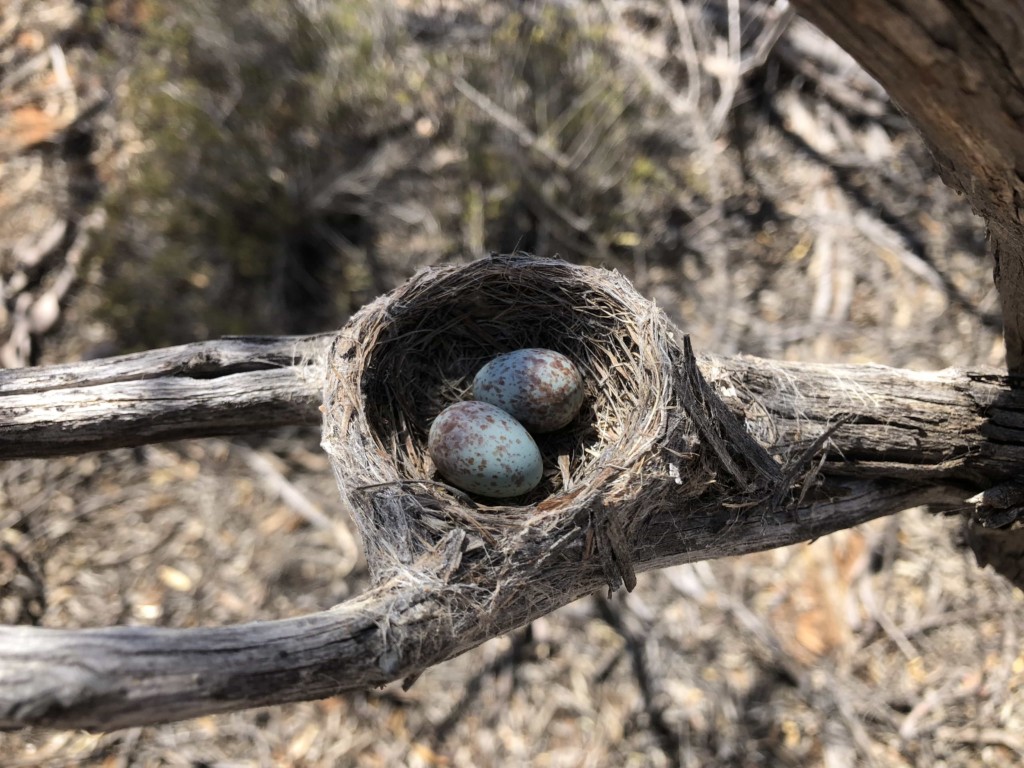 Figure 3 Jacky Winter nest with eggs (Image: Belinda Cale).
Figure 3 Jacky Winter nest with eggs (Image: Belinda Cale).
 Figure 4 Jacky Winter male, shading his eggs during a heat wave (Image: Belinda Cale).
Figure 4 Jacky Winter male, shading his eggs during a heat wave (Image: Belinda Cale).
Both the Zebra Finch and Jacky Winter exhibit relative high levels of flexible breeding phenology, with the potential to breed over long periods of the year, as conditions permit. In both cases, most individuals in the population had bred in the cooler parts of the spring and summer, so that the heatwave induced losses are unlikely to have significantly impacted population productivity. An obvious way that species can counter the deleterious effects of extreme heat is for individuals to focus their breeding activity to the relatively cooler periods earlier in the spring and summer. The extent to which such behavioural flexibility can keep pace with the rapidly changing climate should be a focus of future work.
Whilst these two observations of mass embryo mortality in these relatively abundant species were made due to ongoing intensive behavioural studies of the populations, the three heatwaves in which they occurred were widespread across south-eastern Australia and are likely to have caused similar mortality in countless other more threatened and unmonitored species, which may have started to significantly impact population viability of those species. These two studies, coincidentally published within a month of each other, are to my knowledge, the first such examples of embryo mortality driven by extreme heat waves. Sadly they are unlikely to be the last, and are yet another example of the threat to birds of a changing climate.
Image credit
Top right: Pair of Zebra Finches (Taeniopygia guttata) on the side of a trough at the study site © Simon Griffith
References
Cooper C.E., Withers P., Hurley L.L. & Griffith S.C. 2019. The field metabolic rate, water turnover and feeding and drinking behavior of a small avian desert granivore. Frontiers in Physiology 10:1405. VIEW
Cooper C.E., Hurley L.L., Deviche P. & Griffith S.C. 2021. Physiological responses of wild zebra finches (Taeniopygia guttata) to heatwaves. Journal of Experimental Biology 223: jeb225524. VIEW
Sharpe L.L., Bayter C. & Gardner, J.L. 2021. Too hot to handle? Behavioural plasticity during incubation in a small, Australian passerine. Journal of Thermal Biology 98: 102921. VIEW


